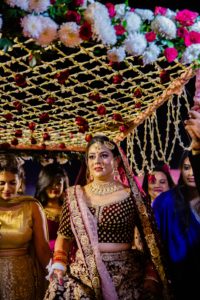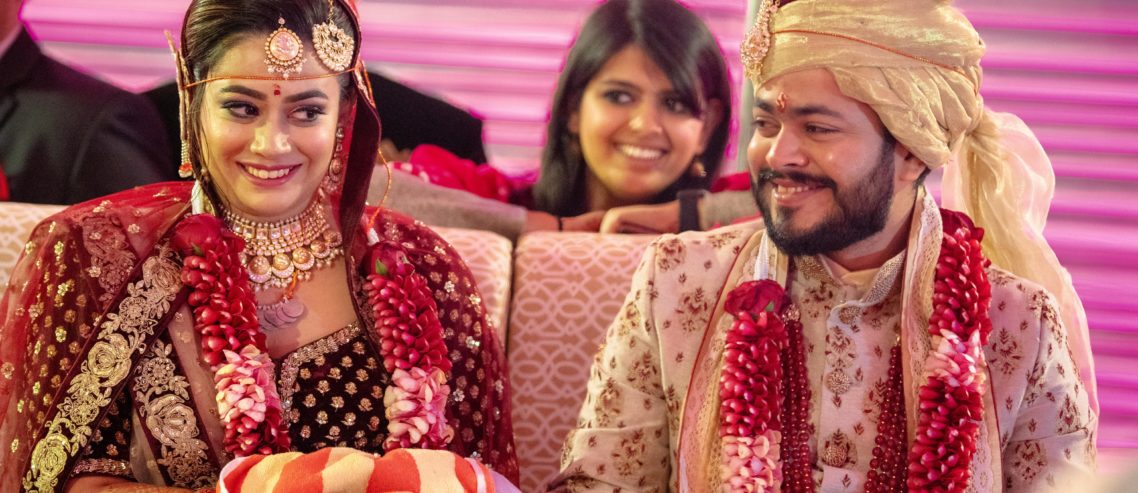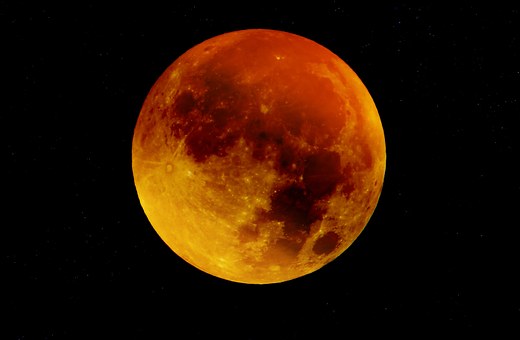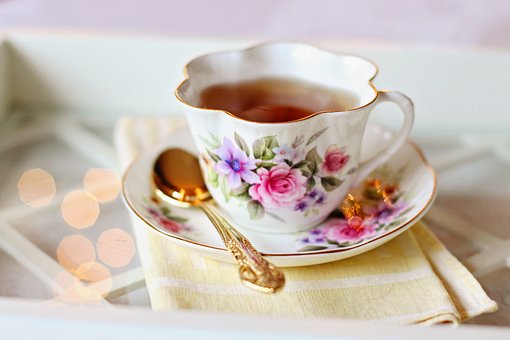The Great Indian Wedding: It’s time for celebration

A Wedding in any Indian family these days can be called as the “Great Indian Wedding”. For average Indians Weddings off-late have become more exciting than even festivals. Few personalities in Bollywood can be credited with adding the glamour quotient to the “Great Indian Wedding” like Sooraj Barjatiya, Aditya Chopra and Karan Johar. Remember the Salman Khan-Madhuri Dixit hit “Hum Aapke Hain Kaun”. Salman became a star overnight. On the other hand, Shahrukh Khan’s claim to fame started with “Dilwale Dulhaniya Le Jayenge”.

It seems if Bollywood stars have to connect with the Indian audience then they have to do a wedding movie. Whether they get married in real life is a separate issue (read Salman Khan)?
The Great Indian Wedding of the past

So when did this simple function of tying a knot between two souls for life-long became larger-than-life “Great Indian Wedding”. Weddings in the ’70s and ’80s were simple. The gathering of relatives started a couple of days before the wedding. The friendly neighborhood would volunteer and offer home-stay for the guests. For every 8-10 guests, there was just one bathroom and one would have to queue up early in the morning but nobody minded.
Winter Wedding are the best
A winter wedding came with an additional perk of sleeping on Gadda (mattress) with a shared Rajai (quilt) with cousins. The fun element further got enhanced when the halwai boy called Ramu used to serve tea in kullads (earthen pot) from an aluminum kettle early mornings. Sipping tea with cousins with your head still covered with rajai is something that still stays in our memories.

There was no botheration of breakfast, lunch, and dinner as there was a 24/7 halwai(cook with his team) sitting in the backyard and cooking. A huge karahi (a wok ) was used for frying pakoras and fries for breakfast and poori and aloo ki sabzi for lunch and dinner. Meals were simple and vegetarian. Ladies would dress up in a silk saree while men were in suits that would reappear in every wedding for the next 5 years.

The wedding venue was the neighbourhood park with a shamiana erected on wooden poles. Loud Bollywood music would play from speakers imported from Thomas Edison’s collection. The Baraat (the groom’s friends and family) would land up in front of the reception gate dancing to the tune of “Aaj mere yaar ki shaadi hai”. Every baraati carried an ego bigger than the groom himself. The seniors from the bride’s side would welcome each baraati with a Marigold garland. Once the shehnai music started playing, it was clear that the baraat has arrived.
Welcoming the Baraat at the Great Indian Wedding

The adults from the groom’s side would attend to each baraati on one to one basis. The rituals of the teeka ceremony and few others would be performed. Once the groom was positioned on the throne, the beautiful bride would arrive along with her Bridesmaid on a red carpet. She would take the Queen’s throne but before that garlands would be exchanged. Friends from both sides would lift the bride and groom in their lap making things difficult for them to garland the partner. The popular belief being that whoever puts the garland first would have to play a second fiddle lifelong. In reality, though it’s the groom who plays a second fiddle forever.

Dinner was served once the baraat would arrive. People who were waiting for long would rush to pick their dinner plates. To judge which counter was serving the most popular dish you just had to look at the queue in front of the counter. The one with the longest queue was the one serving the most tastiest one. Every wedding had an elaborate menu. Starters and soup followed by the main course. The sweet counter used to look an extension of your neighbourhood sweet shop. Gulab Jamun, Rabri and Rasmalai, Gajar and Moong ki daal ka halwa, Jalebi and so on.
Once the dinner was over, it was time to say goodbye but before that, there was one last ritual. And that was giving the gift envelope to the bride or groom’s parents. Some guests would leave without having dinner as they had to play the musical chairs from one marriage to another. It was clear that their social popularity was on the higher side.
Fast Forward to a modern-day Wedding

October to February is the season for weddings except for a small lull from mid-Dec to mid-Jan. The real fun starts when you get half- a-kilo wedding card giving function dates on different leaflets. If you are a close friend or relative you also get a box of sweets or dry fruits. Your popularity status is directly proportional to the invitations you receive in a given season.
The planning to attend the Great Indian Wedding starts
It all starts with getting invited for the wedding. Ladies get busy deciding the saree and matching blouse. But there is a dilemma! Whether to carry a shawl or not? The gents start planning how to reach the destination as it is some 30 km away. If you are going to a 5- star venue you have arrived in life but if you are going to the same old banquet hall you still are a part of the standard package. The ladies are least bothered about food but more concerned about whether the wedding is in open or a closed hall while the gents are more concerned about whether there is an official cocktail or an unofficial one ( synonym: car-o-bar).
Traffic plays a villain as it takes more than a couple of hours to cover the distance. With great difficulty, you manage a parking slot but the ladies want a drop right in front of the gate. The reason being that it’s difficult to walk with high heels and a saree from the parking lot to the reception gate, especially on the uneven parking ground.
The wedding destination

At the venue, you are greeted by waiters who probably didn’t get time to take a bath for more than a week. Snacks are standard variety – orange coloured French fries which will shame even McDonald, Veg Spring rolls, Hara Bhara kebab. A variety of cold drinks are served in the smallest glasses available on earth. Since Indian baraats are known for delayed arrival you decide to satisfy your hunger pangs by going to the snack corner. There are separate stalls for Golgappas, Aloo Tikki, Besan Chila, Pao-Bhaji, Kulcha Matar. You try all of them as you know that if you are going to wait for dinner you will have to miss the office the next day. You are in a hurry to mark the attendance by handing over the Gift envelope to the bride’s mother, father, bhaiya or bhabhi whoever greets you first.
Finally you say a goodbye to a close friend who seems to be the busiest as he is coming from one wedding and has to leave for another. In the end, you just wonder how many more weddings you have to attend this season.
Read more such interesting stories on my blog:
I love you mom for the sweetness you have brought in my life
Indian Mithai: the sweets that sweeten our life












Comments
3 Comments
[…] The Great Indian Wedding: It’s time for celebration […]
Beautiful.. sir
The big fat Indian wedding and the great wedding festival season is starting from next week
25 lakhs wedding are planned in one month
[…] The Great Indian Wedding: It’s time for celebration […]
Leave a Comment